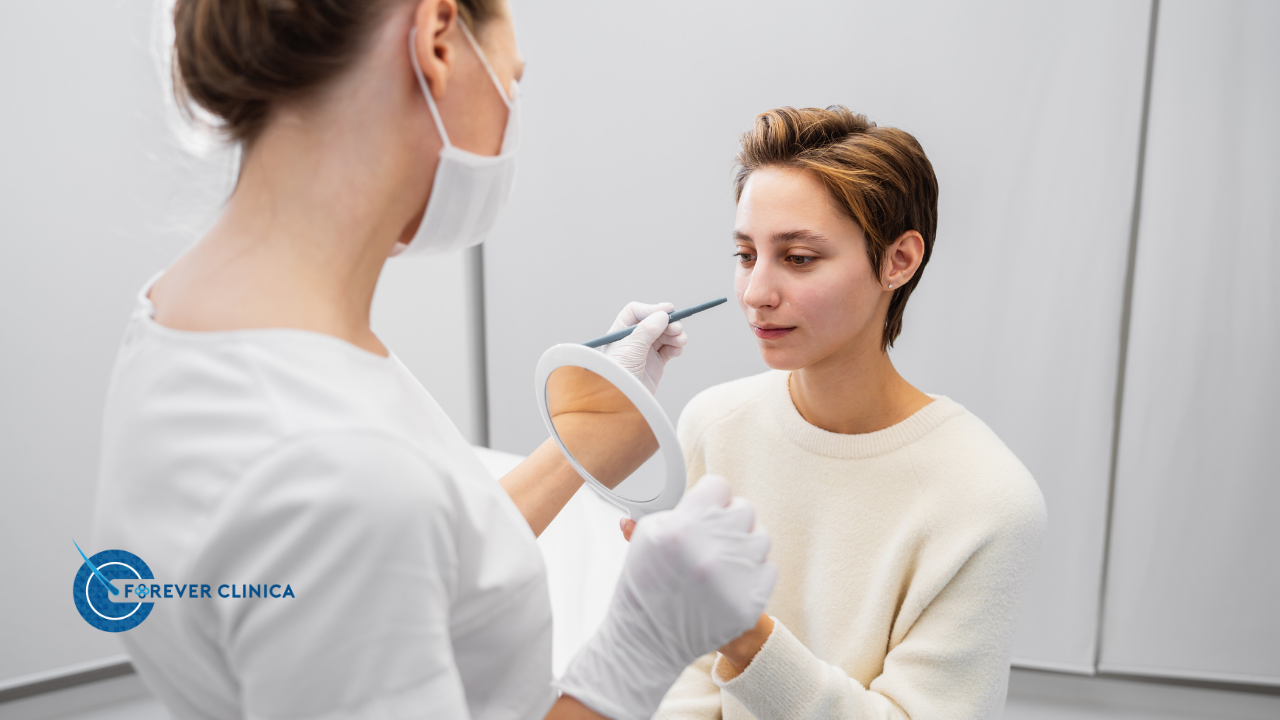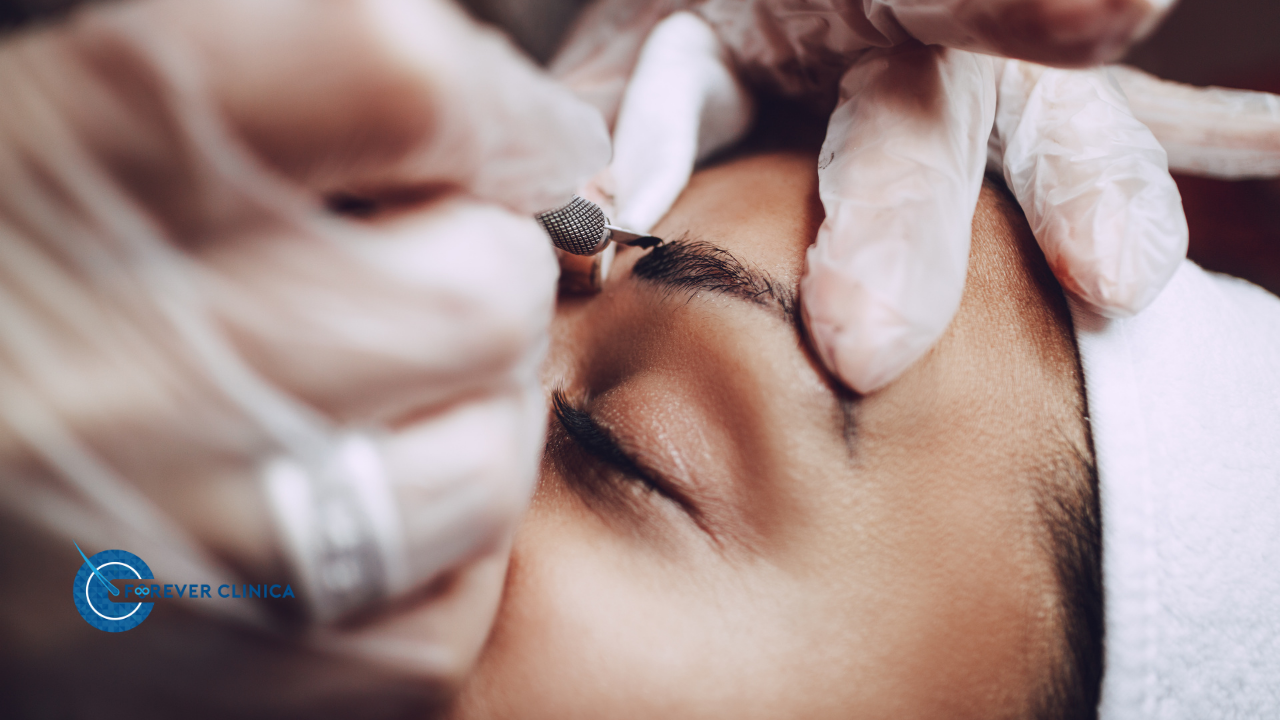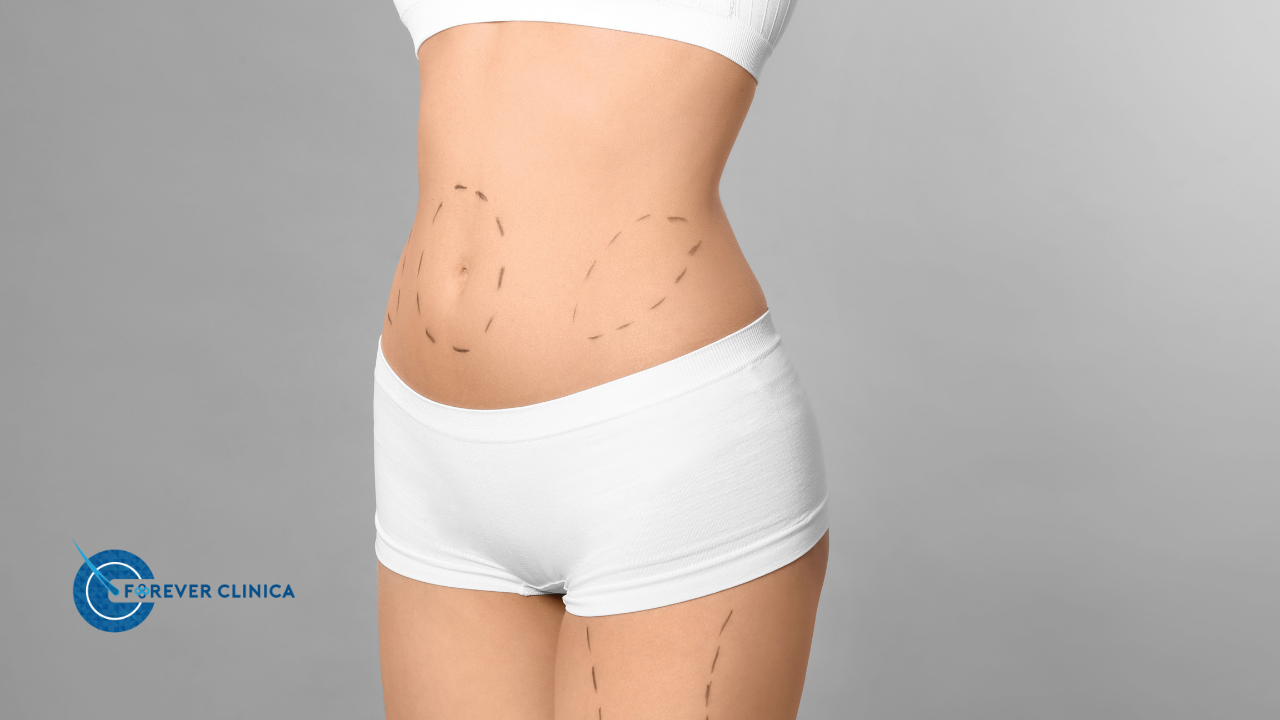Non-surgical cosmetic procedures have gained popularity in recent years. In recent years, the beauty industry has seen a significant shift toward non-surgical cosmetic procedures. These minimally invasive treatments offer people the opportunity to enhance their appearance without the need for traditional surgery. But what exactly are these procedures, and how do they different from surgical options?
What is the Difference Between Surgical and Non-Surgical?
The main difference between surgical and non-surgical cosmetic procedures lies in the invasiveness and recovery time. Surgical procedures typically involve incisions, anesthesia, and a more extended recovery period.
But non-surgical procedures are minimally invasive, meaning they involve little to no incisions and typically require only local anesthesia or no anesthesia at all. These procedures often use injectables, lasers, or other advanced technologies to achieve results. The recovery time is much shorter, often allowing patients to return to their daily routines almost immediately.
What Are Non-Surgical Cosmetic Procedures?
Non-surgical cosmetic procedures are a group of treatments designed to enhance without the need for invasive surgical techniques. These procedures include a variety of techniques. These technologies target different aspects of beauty, from skin rejuvenation to body contouring. Unlike traditional surgeries, non-surgical options typically involve minimal to no downtime. Making them an attractive choice for individuals seeking quick and effective results.
What is the Most Popular Non-Surgical Cosmetic Procedures?
Among the numerous non-surgical cosmetic procedures available, Botox injections stand out as one of the most popular. The procedure involves a series of small injections administered into targeted muscle areas. The effects of Botox are usually visible within a few days and continue to improve over the following weeks. Patients often appreciate Botox for its convenience, as the treatment typically takes less than 30 minutes and requires no downtime. Many people return to their regular activities immediately after the procedure.
Exploring Popular Non-Surgical Cosmetic Procedures
Now, let’s delve into some of the most sought-after non-surgical procedures available today. Each of these treatments offers a unique way to enhance one’s appearance with minimal invasion and quick recovery times.
Non-Surgical Face Lift
A non-surgical facelift involves techniques like ultrasound, radiofrequency, or thread lifts to tighten and lift the skin without invasive surgery. These treatments stimulate collagen production. Which helps to naturally firm and rejuvenate the skin over time. Making them ideal for those seeking a subtle lift with minimal recovery.
- How long does non-surgical face lift last? The results of a non-surgical face lift typically last between 6 to 2 years. With variations depending on the specific treatment used and individual skin characteristics. Regular maintenance treatments can help extend the results and keep the skin looking rejuvenated.
Non-Surgical Rhinoplasty
Non-surgical rhinoplasty uses dermal fillers to reshape and contour the nose, correcting inör imperfections and enhancing the nose’s appearance. This procedure is often chosen by individuals who want to improve the nose’s shape without the need for surgical alteration, providing immediate results with a quick recovery.
- How long does non-surgical rhinoplasty last? Non-surgical rhinoplasty results typically last between 12 to 24 months, as the hyaluronic acid fillers gradually break down over time. The longevity of the results can be influenced by factors such as the type of filler used and individual metabolic rates.
Non-Surgical Breast Lift
A non-surgical breast lift utilizes technologies like radiofrequency or laser therapy to lift and firm the breasts without the need for incisions. These treatments stimulate collagen and elastin production, leading to a gradual improvement in breast firmness and position, making it a suitable option for those seeking a non-invasive alternative to traditional breast lift surgery.
- How long does non-surgical breast lift last? Results from a non-surgical breast lift generally last for several months. The duration of the effects can be influenced by factors such as skin elasticity and lifestyle habits. Regular treatments can help maintain the lifted appearance.
Non-Surgical Brazilian Butt Lift (BBL)
The non-surgical BBL employs injectable fillers to enhance the volume and shape of the buttocks without the need for fat transfer surgery. This procedure allows for a more rounded and contoured buttock appearance with minimal downtime, offering a less invasive option for those looking to achieve a fuller buttock profile.
- How long does non-surgical Brazilian Butt Lift (BBL) last? The results of a non-surgical Brazilian Butt Lift typically last several months to 2 year. The longevity of the enhancement can vary based on the type of filler used and individual factors such as body metabolism.
Non-Surgical Boob Lift
Similar to the non-surgical breast lift, a non-surgical boob lift uses radiofrequency or other skin-tightening technologies to provide a lift to the breasts. This approach is ideal for individuals who want to address mild sagging and improve breast shape without the need for surgical intervention.
- How long does a non-surgical boob lift last? The effects of a non-surgical boob lift generally last between 12 to 24 months. The duration can be affected by factors such as skin condition and lifestyle. Regular maintenance sessions can help prolong the lifted appearance.
Non-Surgical Tummy Tuck
A non-surgical tummy tuck utilizes methods like radiofrequency, ultrasound, or cryolipolysis to tighten and smooth the abdominal area. These techniques target stubborn fat and skin laxity, offering a contouring effect that helps to achieve a flatter and more toned appearance without the need for invasive surgery.
- How long does non-surgical tummy tuck last? Non-surgical tummy tuck results can be permanent. The duration of the effects depends on factors such as individual response to the treatment and maintenance of a healthy lifestyle.
Non-Surgical Liposuction
Non-surgical liposuction involves technologies such as laser, radiofrequency, or cryolipolysis to reduce fat in targeted areas without surgery. These methods effectively destroy fat cells and contour the body, providing a less invasive alternative to traditional liposuction with minimal downtime.
- How long does non-surgical liposuction last? The results of non-surgical liposuction can last from 6 months to over a year, depending on factors like the individual’s metabolism and lifestyle. Maintaining a healthy diet and exercise routine can help sustain the fat reduction effects.
Non-Surgical Butt Lift
A non-surgical butt lift uses injectables or skin-tightening technologies to enhance the shape and volume of the buttocks without surgery. This procedure helps to achieve a lifted and contoured buttock appearance with minimal downtime and a non-invasive approach.
- How long does non-surgical butt lift last? The results from a non-surgical butt lift typically last for several months to 2 years, with variations depending on the type of filler used and individual factors. Periodic treatments can help maintain the enhanced buttock shape and volume.
Non-Surgical Fat Removal
Non-surgical fat removal utilizes techniques. Like cryolipolysis (CoolSculpting) or laser therapy to target and eliminate stubborn fat deposits without invasive surgery. These procedures effectively reduce fat in specific areas, offering a less invasive alternative to traditional liposuction with long-lasting results.
- How long does non-surgical fat removal last? Non-surgical fat removal results can last for several months to years. Depending on the individual’s lifestyle and body’s response to the treatment. Maintaining a healthy lifestyle helps sustain the results and prevents new fat accumulation.
Non-Surgical Cosmetic Procedures Advantages
Non-surgical cosmetic procedures offer numerous advantages, including minimal recovery time and fewer risks compared to traditional surgeries. These treatments deliver effective, natural-looking results that can last for several months to years. With options ranging from non-surgical face lifts to rhinoplasties, individuals can achieve significant aesthetic improvements without the need for invasive surgery. Consulting with an experienced specialist is critical for the best results and tailoring the procedure to your requirements. Ultimately, non-surgical solutions provide a versatile and safer alternative for enhancing your appearance.










